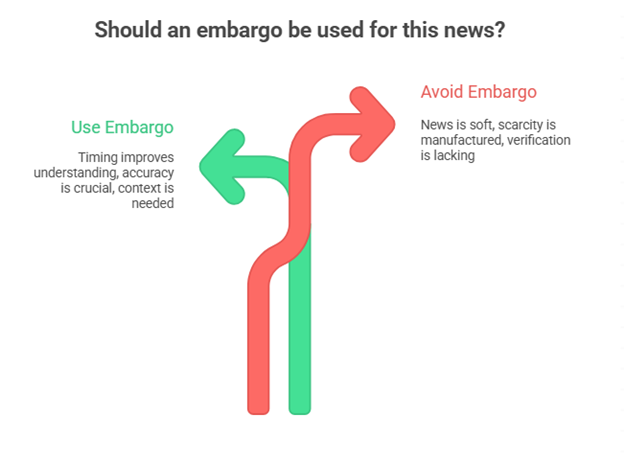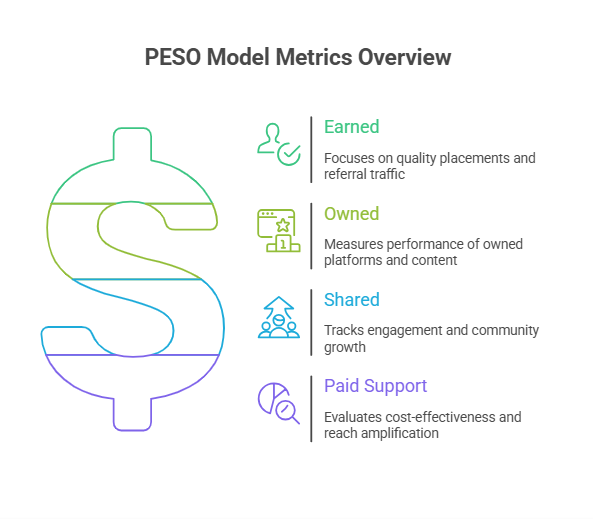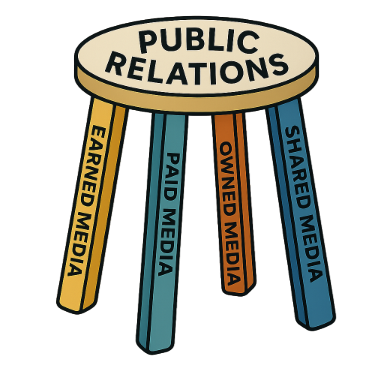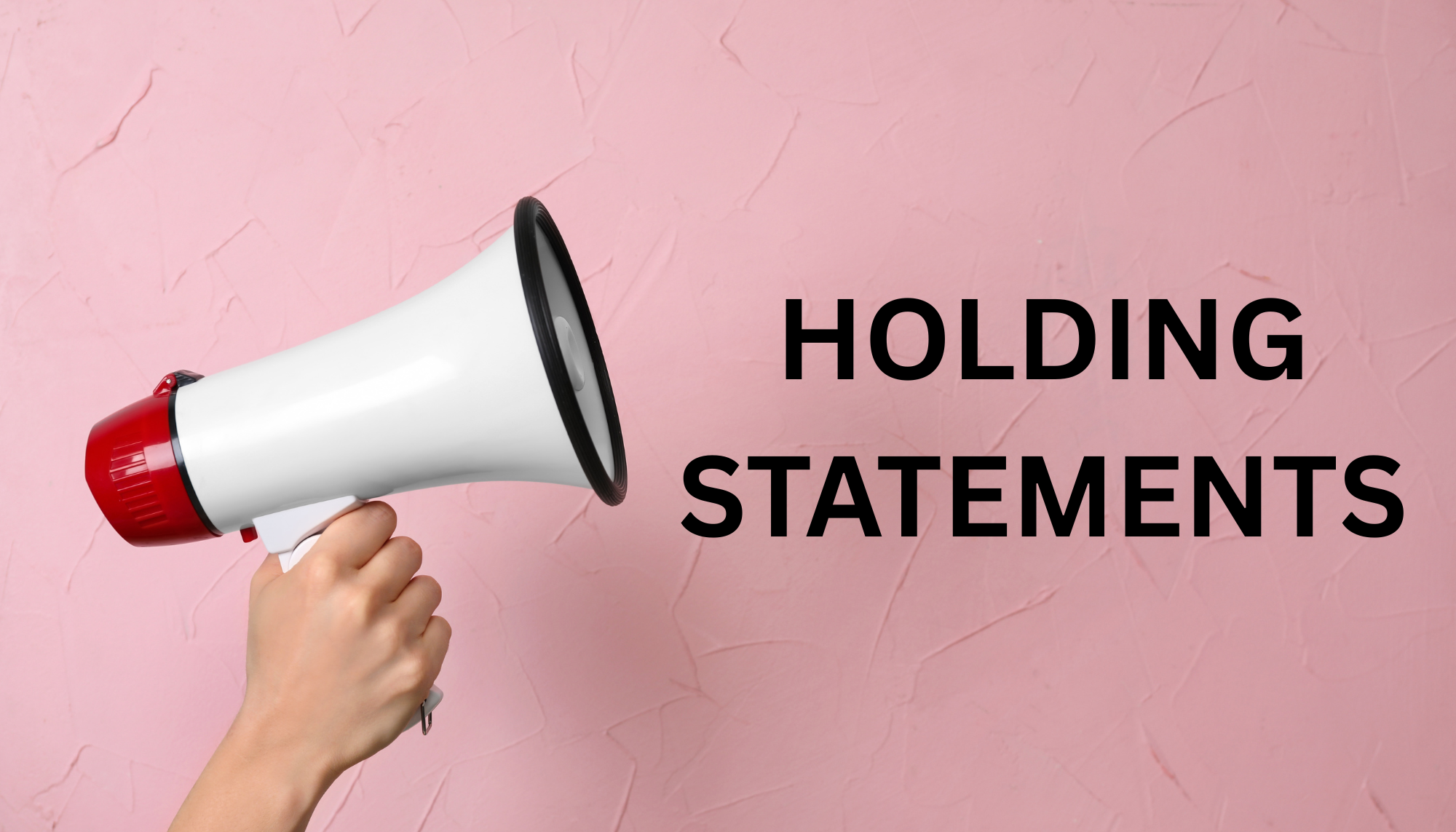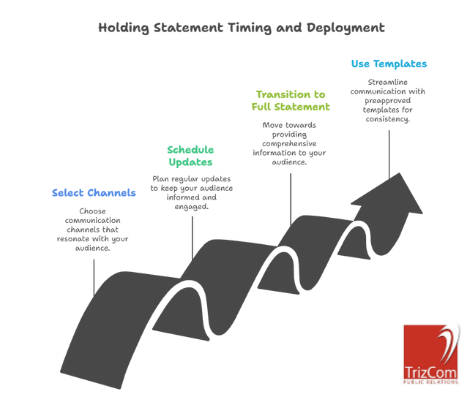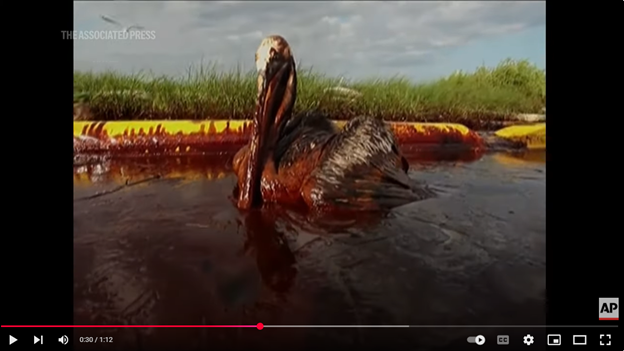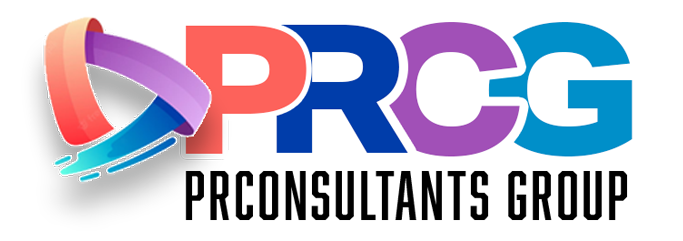Smart or stupid? Hilarious or heinous? The President of the United States has once again separated our country into two camps when he called a reporter “Piggy.” Why the insult? Because he didn’t like her questions and wanted to silence her. Beyond the unnecessary shaming of a fellow human, which is the root of the issue, let’s take a look at why his name-calling falls into the stupid-move PR hall of fame and why avoiding PR disasters should always come first.
The Cost of Losing Your Cool
Now, some thought it was hilarious. A deserved comeuppance. How many times has a spokesperson been angered by a reporter’s questions and wanted to lash out? Many, many, many times. But trust me, as a professional media training program leader and crisis manager, the price you pay is simply not worth it. Here is why:
You Look Dodgy
When you deflect a question by spouting off to a reporter, you look like you are evading the subject and have something to hide. According to Harvard Business Review, leaders who respond thoughtfully under pressure maintain credibility and control over the narrative.
You Undermine Your Leadership Power
You look like a bully and a petulant child and you lose credibility with a large part of your audience. Even if you argue that members of Trump’s MAGA base loved it, elections are too close these days to erode other votes.
You Derail Your Message
The worst PR consequence of the incident is that the hours, airtime and ink spent telling the world Trump was nasty to a reporter could have been spent on a proactive, strategic message. Staying focused on message discipline is essential for avoiding PR disasters. Forbes notes that controlling your messaging during a crisis is crucial to protecting reputation.
History Repeats Itself
Bobby Knight Example
Lashing out at reporters is not a new faux pas. Another classic example comes from an ESPN interview with former Indiana Head Coach Bobby Knight after he was fired when a video emerged showing him grabbing a player. During the lengthy interview with Jeremy Schaap, Knight became frustrated with the provocative questions and told Schaap, “You have a long way to go to be as good as your dad, you better keep that in mind.”
The moment Knight said that, he derailed his message and validated the firing. Before he lost his cool, his message was positive. He had been talking about how proud he was of the program and how proud he was of the kids they turned out. Instead of staying composed and steering the topic back, he let the reporter control the narrative. This was the opposite of avoiding PR disasters. According to Pew Research, a respectful media environment helps maintain public trust in both reporters and leaders.
When I use that clip during interactive media trainings, participants’ reactions are often divided. Some see Knight as the petulant child, but others point out that he was known for his volatile leadership style, which appealed to some. True. But I challenge organizational and political leaders to decide what kind of leader they want to be and what kind of legacy they want to leave behind.
Katie Porter Example
A more modern example comes from California 2026 gubernatorial candidate Katie Porter, who was rude and condescending to a reporter giving all candidates identical interviews. Porter became combative and walked out of the interview, announcing, “I am calling it.” Her behavior prompted reporters to unearth other incidents of rudeness to staffers. Her behavior, like Trump’s and Knight’s, became the story. Reports say her support suffered as opponents questioned her ability to handle simple questions. That interview will remain part of her legacy.
A Leader’s Legacy is Shaped in Moments Like These
The same can be said about Trump. His pedestal is even higher than Knight’s and Porter’s. As president, he is expected to be dignified, honorable and composed. People want to see him confident and steady, not acting like a street fighter. His response to a simple question revealed far more about his leadership than the reporter ever intended. Respecting reporters is not only about courtesy. It is a critical part of avoiding PR disasters and maintaining a strong leadership legacy.
Ready to Strengthen Your Media Strategy?
If you want to prepare your leaders, spokespeople or organization to stay composed under pressure, protect your message and build a reputation that lasts, our award-winning PR agency is here to help. Our proprietary media training program equips leaders with the skills, confidence and message discipline needed to excel in any interview or high-stakes moment.
Explore our digital PR and communications services, learn about our internal communications solutions and read more PR insights and thought leadership.
Contact TrizCom PR today to learn how our proven media training and strategic communication services can help you avoid your next PR disaster and take control of the narrative.
Everyone has a story to tell. Let TrizCom PR tell yours.
About the author
Karen Carrera
Karen Carrera APR is a 40-under-40 award recipient recognized in 2003. With more than 20 years of experience, she advises senior executives on strategic communications brand positioning and reputation management across healthcare construction and design education energy finance insurance government and utilities. Her ability to work across diverse industries has made her a trusted counselor to executive leadership teams navigating complex communications challenges.
She has media trained hundreds of corporate spokespeople on how to handle media interviews and deliver strong industry presentations. Karen’s approach helps executives share their stories with confidence while staying focused on key business messages that support long-term organizational goals.
Throughout her career Karen has developed and executed integrated communications campaigns that build visibility strengthen brands and generate measurable business results. She has led initiatives such as Anheuser Busch’s We all Make a Difference campaign hospital brand evolutions the launch of new healthcare institutes and clinics and national branding for an architectural design firm. Her programs reflect a balance of research-driven planning creativity and practical business strategy.
Recently Karen led a comprehensive brand evolution for Medical City. She oversaw the development of a new brand identity and guided a full website overhaul. In just six months the redesigned reprogrammed and fully rewritten website launched with updated content that aligned with the organization’s evolving vision and services.
Karen holds the Accreditation in Public Relations credential which reflects her expertise in communications ethics and strategy. She is active in professional organizations and is often called upon to mentor other public relations practitioners.









